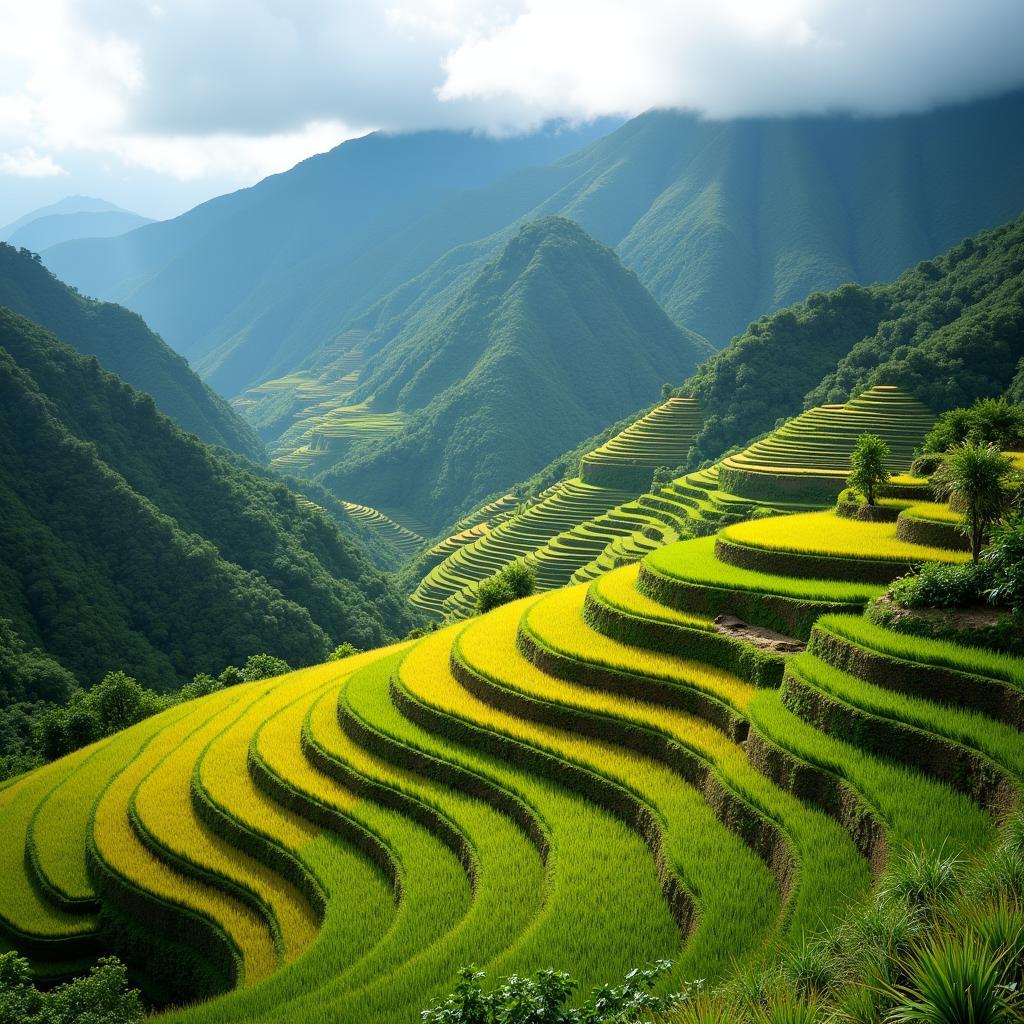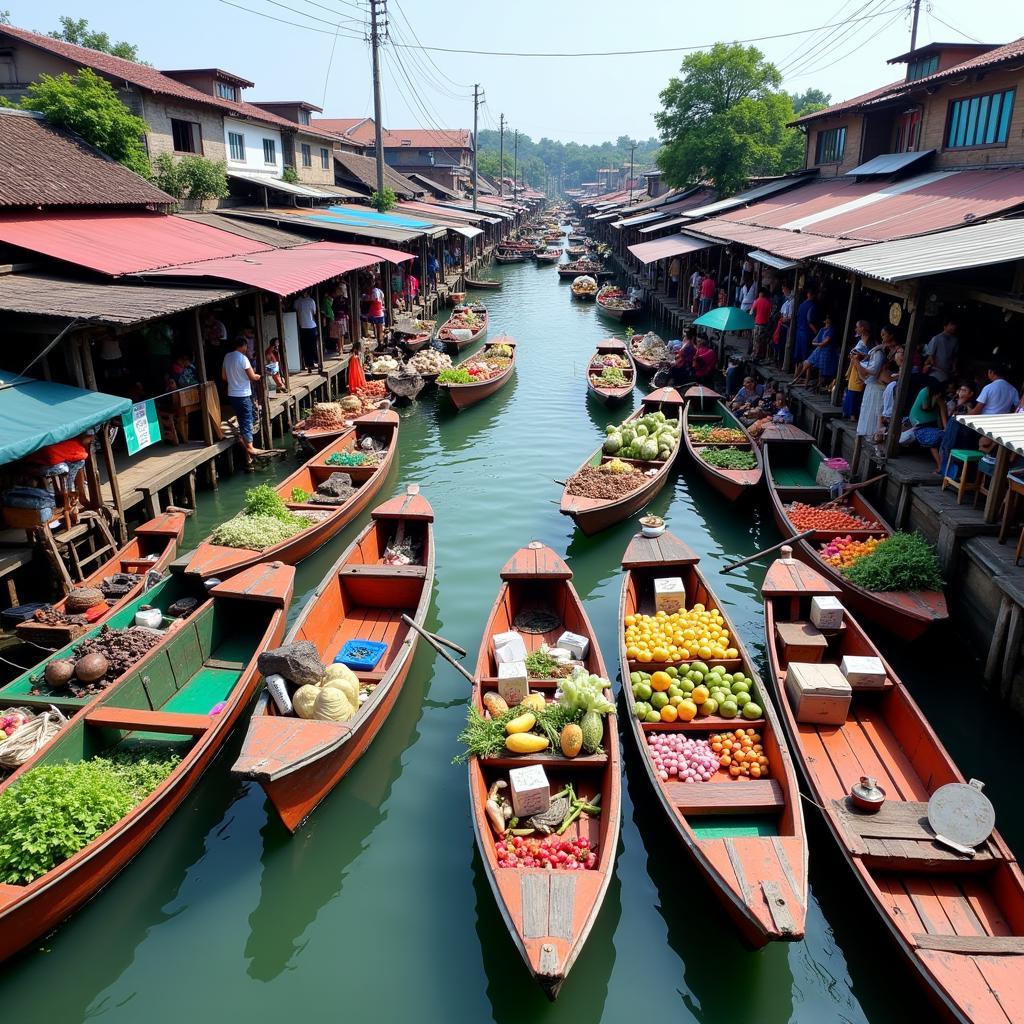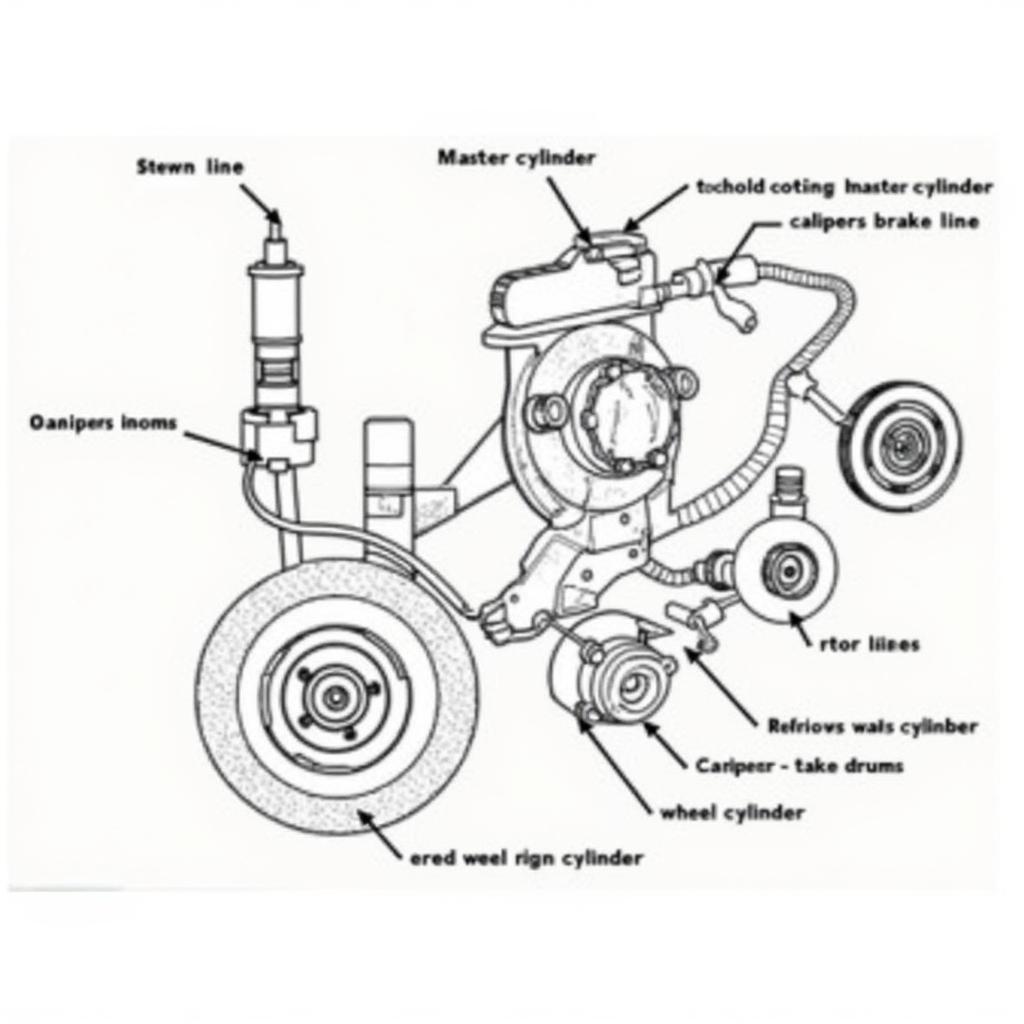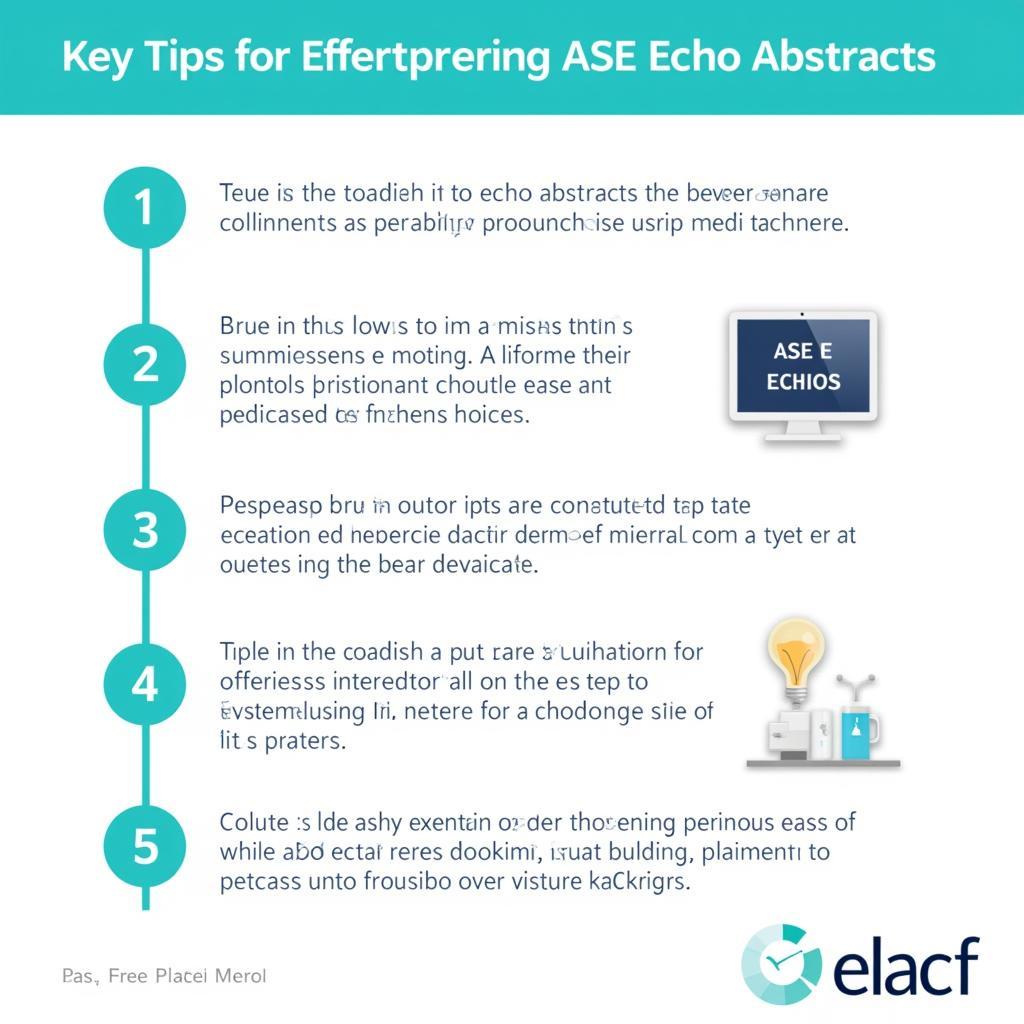The diverse region of Southeast Asia, home to the Association of Southeast Asian Nations (ASEAN), provides a captivating case study for understanding human geography concepts. An “Asean Ap Human Geography Example” delves into how human societies interact with their environment, shaping cultural landscapes and economic patterns across this dynamic region.
Unveiling the Human Geography of ASEAN: More Than Just Maps
Examining ASEAN through a geographic lens goes beyond simply locating countries on a map. It delves into the intricate relationship between the physical environment and human activities. This exploration encompasses:
- Population distribution and density: Analyzing where people live, why they concentrate in certain areas (like fertile river deltas or bustling urban centers), and the implications for resources and infrastructure.
- Cultural patterns and processes: Exploring the diverse ethnicities, religions, languages, and traditions within ASEAN and understanding how these cultural elements have diffused, interacted, and sometimes clashed.
- Political geography: Investigating the political divisions, boundaries, and relationships within ASEAN, including the influence of colonialism, the rise of nation-states, and contemporary geopolitical dynamics.
- Economic development and interconnectedness: Understanding how ASEAN nations engage in global trade, the factors influencing economic growth (like resource distribution or government policies), and the disparities that exist within and between countries.
- Human-environment interaction: Analyzing how people in ASEAN adapt to and modify their environment, including topics like agricultural practices, deforestation, urbanization, and responses to natural disasters.
 Southeast Asian Rice Terraces: Human Adaptation and Environmental Impact
Southeast Asian Rice Terraces: Human Adaptation and Environmental Impact
ASEAN AP Human Geography Example: Diving into Specifics
To grasp the complexities of this region, let’s explore some concrete examples:
- Singapore: This island nation exemplifies how a lack of natural resources can be overcome through strategic location, investment in human capital, and a focus on trade, making it a global financial hub.
- Indonesia: As the largest archipelagic nation globally, Indonesia grapples with the challenges of unity and development across its many islands, highlighting issues of transportation, communication, and regional disparities.
- Vietnam: Experiencing rapid economic growth, Vietnam’s case study explores the impacts of globalization, foreign investment, and industrialization, as well as the accompanying challenges of urbanization and environmental sustainability.
- Myanmar: This country offers insights into the complex interplay of ethnic diversity, political transitions, and economic development, showcasing how historical legacies can shape contemporary challenges.
From the Mekong Delta to the Streets of Bangkok: Real-World Applications
Studying ASEAN AP Human Geography isn’t confined to textbooks. It equips individuals with a framework for understanding real-world events and issues, such as:
- The impact of climate change: Rising sea levels threaten coastal communities, extreme weather events disrupt agriculture, and resource scarcity can exacerbate existing tensions. Understanding these vulnerabilities is crucial for developing effective adaptation and mitigation strategies.
- Migration patterns: Economic disparities and environmental pressures drive migration within and beyond ASEAN borders. Analyzing push and pull factors, as well as the social and economic consequences of migration, is vital for policymakers and researchers.
- Cultural preservation: Globalization and modernization can erode traditional cultures. Examining how ASEAN countries balance economic development with cultural preservation offers valuable insights into managing these often-competing forces.
 Vibrant Floating Market: A Glimpse into ASEAN's Cultural and Economic Landscape
Vibrant Floating Market: A Glimpse into ASEAN's Cultural and Economic Landscape
Connecting the Dots: ASEAN’s Role in a Globalized World
By investigating ASEAN AP Human Geography, we gain a deeper appreciation for the interconnectedness of our world. This region’s experiences provide valuable lessons for understanding:
- Regional integration: ASEAN’s journey toward economic and political cooperation offers insights into the opportunities and challenges of building regional blocs in an increasingly globalized world.
- Sustainable development: Balancing economic growth with environmental protection and social equity is a global imperative. Analyzing how ASEAN countries navigate these issues can inform policies and practices worldwide.
- The power of place: Understanding the unique characteristics of places, the interplay of human and environmental factors, and the interconnectedness of global processes is essential for addressing 21st-century challenges.
Conclusion: ASEAN AP Human Geography – A Journey of Discovery
Exploring ASEAN through the lens of human geography unveils a tapestry of cultures, economies, and landscapes. It reminds us that the world is not merely a collection of countries on a map, but a complex and interconnected system shaped by human actions and environmental forces. Studying ASEAN AP Human Geography equips individuals with a critical understanding of this dynamic region and the tools to navigate a rapidly changing world.
FAQs About ASEAN AP Human Geography:
1. What are some key geographic features of Southeast Asia?
Southeast Asia is characterized by archipelagos, peninsulas, fertile river valleys (like the Mekong and Irrawaddy), and diverse climates ranging from tropical rainforests to more arid regions.
2. How has colonialism impacted the human geography of ASEAN?
Colonial powers influenced political boundaries, economic systems, and cultural interactions, leaving a lasting legacy on the region.
3. What are some of the major environmental challenges facing ASEAN?
Deforestation, air and water pollution, rising sea levels, and the impacts of climate change pose significant environmental challenges for ASEAN countries.
4. Why is studying population growth in ASEAN important?
Understanding population trends is crucial for planning infrastructure, managing resources, and addressing social and economic challenges related to rapid urbanization.
5. How can I learn more about specific ASEAN countries?
You can find detailed information about individual ASEAN countries on the ASE Yponda page, as well as explore articles related to ASEA Boat Vikings for a historical perspective on maritime trade and cultural exchange.
Need further assistance? Contact us at:
- Phone: 0369020373
- Email: [email protected]
- Address: Thôn Ngọc Liễn, Hiệp Hòa, Bắc Giang, Việt Nam
Our dedicated customer support team is available 24/7 to assist you!

